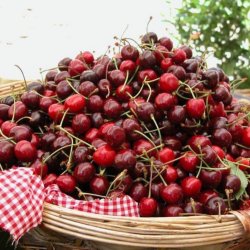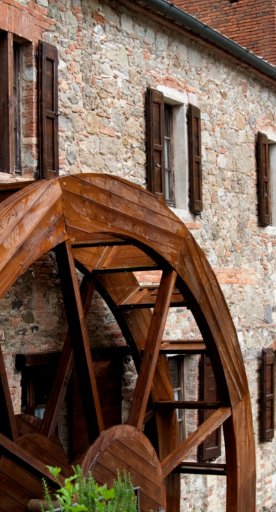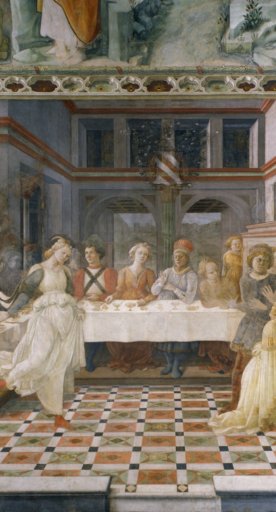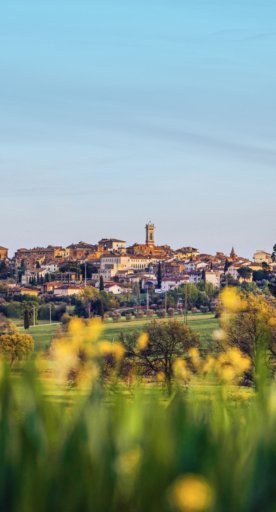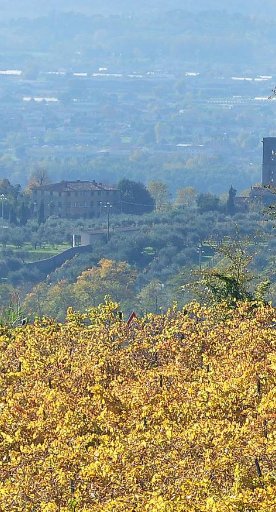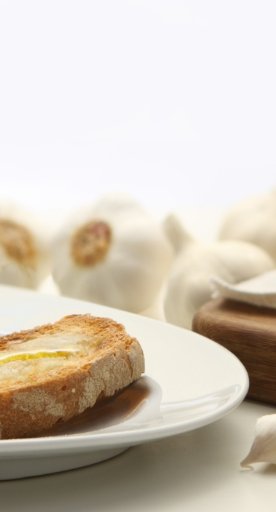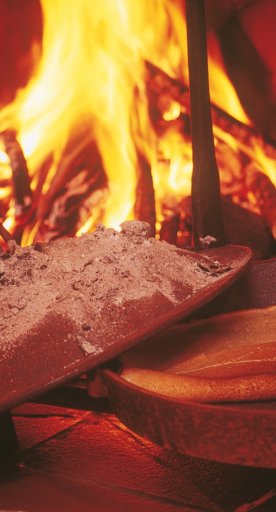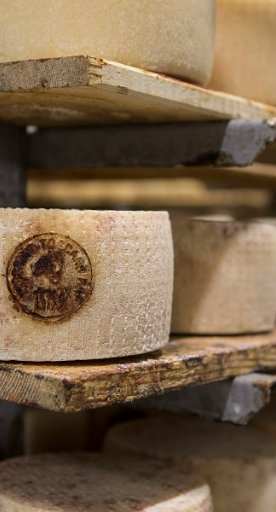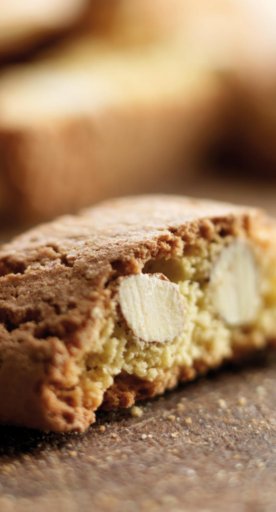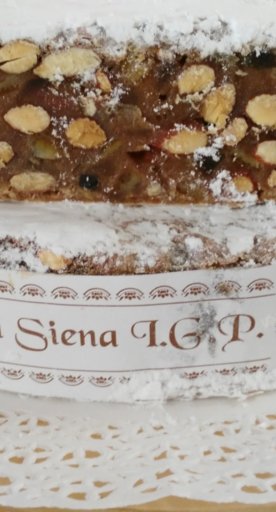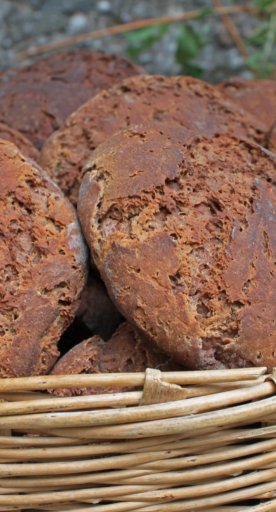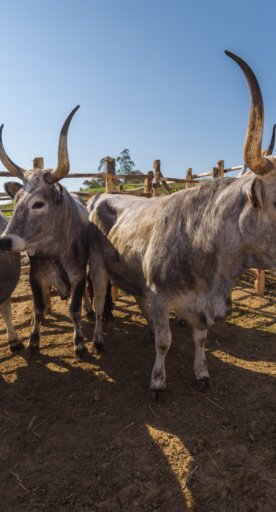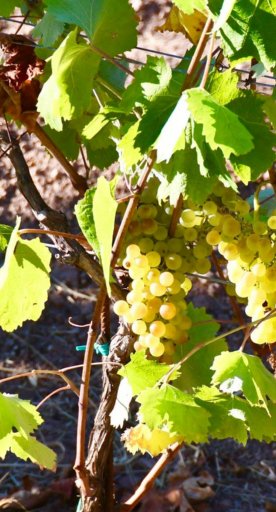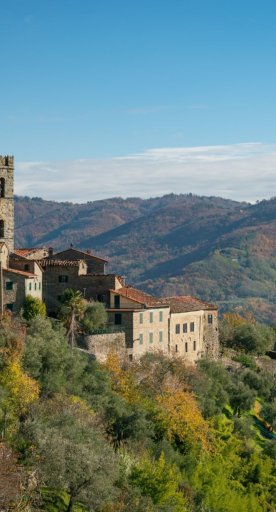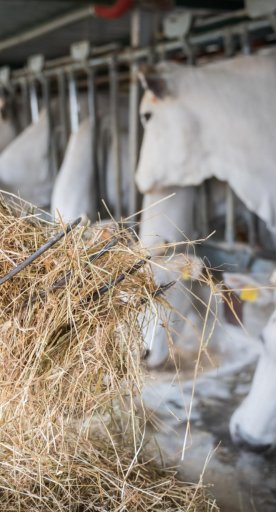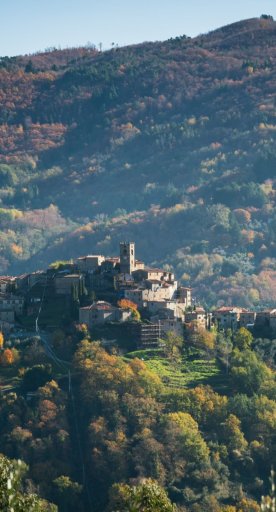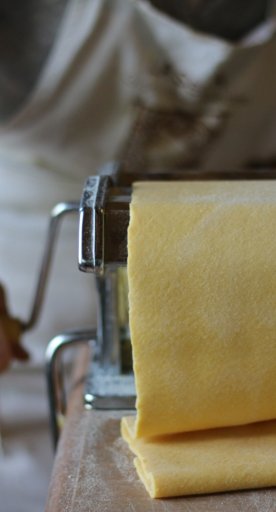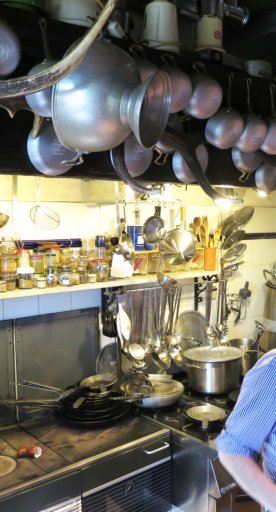The Gold of the Garfagnana
Where the greatest chestnuts grow
Chestnut season was in full swing when we visited the Garfagnana in late November. We were late for the harvest, but not for the processing and the milling, and definitely not for the tasting. To say that we had our good share of chestnuts is an understatement. A key player in the gastronomy of the region, chestnuts were never missing from our dinner table, in a form or another. Which, for us, was the best way to truly grasp their importance in the local cuisine as much as in the cultural heritage of this area.


Chestnuts are one of the main products hailing from the mountainous, forested areas in Northern Tuscany, including the Lunigiana and the Garfagnana (the two areas share similar customs and traditions, and a similar cultural heritage that differs from that of the rest of Tuscany.)
Historically, the presence of chestnut trees has been traced back to the Roman Empire. As the local population grew, so did the number of trees, which reached their peak in the early 1800s. Because of their key role in feeding the local population, they were referred to as “the bread tree”.
Indeed, for centuries chestnuts represented a staple food and a source of readily-available energy. Inexpensive and abundant, their high digestibility, substantial sugar content and ability to be dried and stored made them the main way of sustenance for the area – not unlike rice or wheat elsewhere. So much so that, in time, the people of the Garfagnana developed a series of devices, techniques, customs and traditions that gave way to what many call the “civilization of the chestnut”.

To this day, chestnuts are still harvested and dry-smoked in the traditional way — in tiny stone houses called metati. There, the chestnuts are scattered on wooden racks set over an open fire that burns for at least forty days — this ensures not just the ideal water content, but also imparts the typical smokiness to the fruit. The dry chestnuts are then hand-picked and carefully selected by hand. Finally, the best fruits are taken to the mill (some of the stone mills in the area are hundreds of years old!) and stone-ground into the finest flour.
In Garfagnana, chestnut flour produced in the traditional way bears the name of “farina di neccio” and is protected by the PDO certification. Pale, almost ivory-like in colour, it has a sweet flavour with a slight, pleasant bitter aftertaste. Its scent is intense and immediately recognisable, while its texture is fine and powdery.
The flour is best consumed fresh: a few months and it’ll go rancid. Naturally free of gluten, it’s often mixed with other grains in bread recipes, as well as used in gluten-free preparations. Locally, it’s turned into a variety of traditional dishes that are a testament to the frugal yet rich culinary heritage of the area. One of them is castagnaccio – a sort of flatbread enriched with nuts and rosemary. But then there are also necci (chestnut crepes stuffed with ricotta), menafregoli (a sweet polenta of sorts), biscuits, fresh pasta and more.

Here is a recipe for castagnaccio, which we were taught by the chef at Osteria Le Verrucole in San Romano:
- Whisk 350 g sifted chestnut flour with 500 ml water and 10 g of olive oil until you have a smooth batter.
- Add the grated zest of half an orange and a pinch of salt and stir to combine.

- Grease a 26-cm round baking tin. Pour in the batter.
- Top with walnut halves, pine nuts and a few fresh rosemary leaves.
- Drizzle with more olive oil.
- Bake in a hot oven at 200°C for 30 minutes.
- Serve warm, sliced, alongside a dollop of fresh ricotta.











